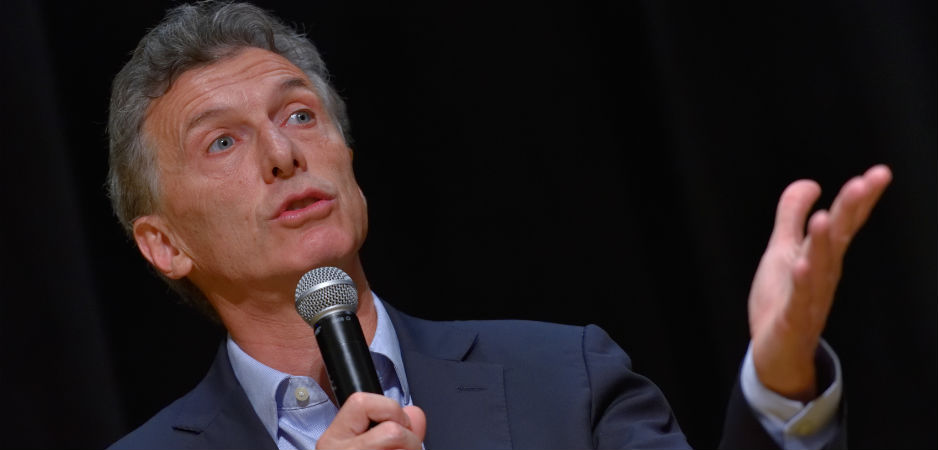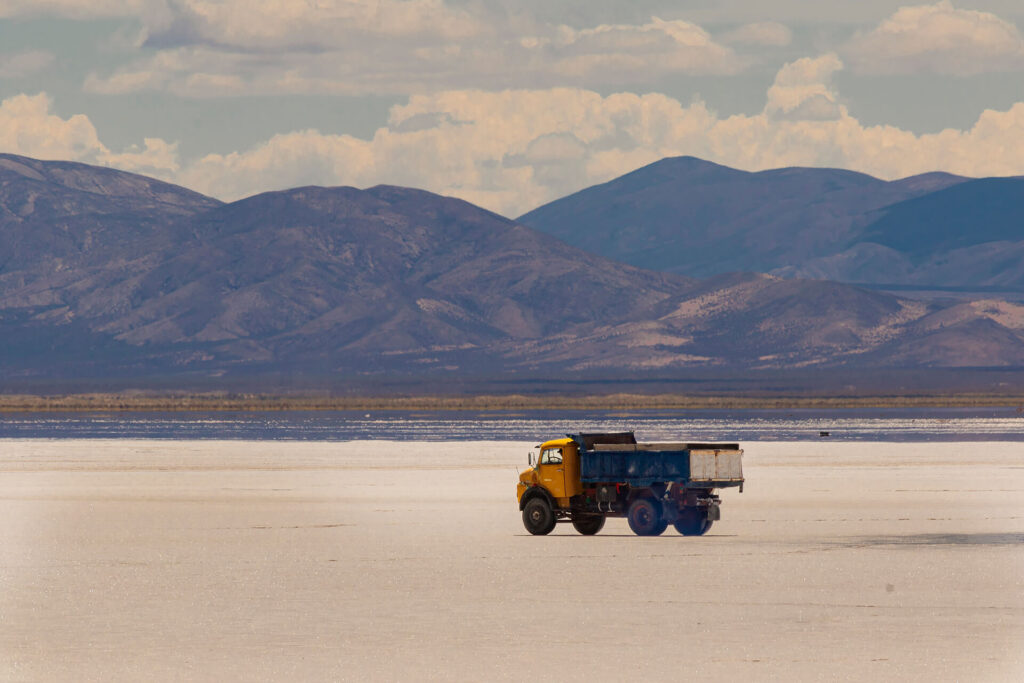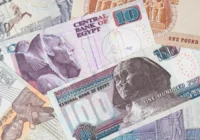All nations grapple with complexities and contradictions, and Argentina is no exception. Argentina’s primary paradox lies in its enduring commitment to democracy despite recurring economic challenges. Over many years, Argentina has wrestled with achieving economic stability. Yet, these fluctuations have neither shattered its democratic foundations nor subjected it to the left–right political pendulum that has affected many other countries in the region. In fact, of the forty years since Argentina’s return to democracy in 1983, Justicialismo (often referred to as Peronism) has held power for 28 years. This dominance traces its roots back to Juan Perón’s entry onto the scene in the late 1940s.
The question arises: will this status quo change? Many experts and pundits are hoping for change after the surprising emergence of Javier Milei, a controversial far-right economist and politician. He garnered the most votes in the August 2023 Argentinean primary elections, challenging the political establishment.
At that time, it appeared that Argentineans were weary of the long-standing center-left dominance in the country’s political landscape. Both within Argentina and beyond its borders, the climate seemed ripe for a transformation, especially because the country is stuck in a long and deep financial crisis.
Yet Milei has not gone unchallenged. Despite the increasing desire for change, Argentinean citizens might once again be taking the side of Peronism. The party’s candidate is Sergio Massa, a moderate Peronist who has been rising through the party’s ranks. When the government found itself cornered by the impending economic crisis, the current president, Alberto Fernández, called Massa in as the economic minister. He brought calm to the markets.
Milei may be popular, but it was Massa who garnered the most votes in the first round of the presidential elections. It seems, then, that a majority still supports the continuation of Peronism. Still, we will have to wait for the November 19 runoff election to know for sure.
Why has Peronism prevailed?
Let us look decades back to why the main feature of Argentina’s politics has been the dominance of Peronism. One of the main reasons is that Peronism has been a catch-all organization for most of its history, like the Institutional Revolutionary Party (PRI) of Mexico. For decades, Peronism has nested in its womb different currents and factions, from urban guerrillas in the 1970s, the populist neoliberal reforms of Menem in the late 90s, to the extreme state-led Leftist policies of the Kirchners in this century.
For decades, Argentina has been the home of one of the most robust trade unions in the continent, with the Peronist trade union, the General Confederation of Labor, being the largest among many. While the party was never completely identified with the institutions of the state in Argentina, as the PRI was in Mexico, it did capture and express vast sectors of Argentinean society. This has been true to the point that for many years Peronist-like rhetoric has been closely identified with the idiosyncrasies of ordinary Argentineans.
There are two main reasons for the survival of Peronism. Firstly, the Peronist party is internally flexible and has a strong federal system, just as the state itself does.
Secondly, it was under the Peronist aegis that Argentina dealt with the crimes of the Dirty War, which occurred in the latest phase of the military dictatorships (late 1970s and early 1980s). It was then that Argentina witnessed some of the worst and more prolonged crimes against humanity in the region.
Despite back-and-forth decisions — well depicted in the 2002 movie Argentina, 1985 — the Argentinean judiciary prosecuted and imprisioned many high-level perpetrators, most of them military officers. It was no coincidence that, when in July 2002 the International Criminal Court was established in The Hague, the first prosecutor appointed was Luis Moreno Ocampo, who served many years as a fundamental actor in bringing military criminals to prison in his country during the transition to democracy in the 1980s.
Those dark days are over now. While Argentineans have suffered economic instability, inflation and limited growth, they credit Peronism with the level of social civility they now enjoy.
Peronism today
Peronism experienced a comeback to stardom in the first decade of the 21st century during the Pink Tide which swept across Latin America led by Hugo Chávez, Lula da Silva and Evo Morales. During the last two decades, the party has grown in complexity, allowing for the emergence of regional powerhouses and political families. One such case is of the Kirchners (first Ernesto and later his wife Cristina Fernández de Kirchner), who dominated Argentinean politics for twelve years (2003–2015) between them. Cristina, despite being indicted for corruption charges, is currently Vice President since 2019.
After this long dominance, many analysts interpreted the emergence of Javier Milei as a call for change. The Peronist party would finally enter the cemetery of political dinosaurs where it belongs.
However, Milei is not the first openly free-market politician to enter Argentina’s political fray. In 2015, Mauricio Macri played a similar role. He ran for president on a ticket promoting a shift in economic policies.
Macri was a businessman who held the helm of Chief of the Government of Buenos Aires. This is a position of considerable importance in a country where the capital region contains roughly 50% or the population. Once elected, Macri devoted most of his efforts to moving the country in a new economic direction. He did that in many respects, like abandoning the fixed exchange rate inherited from the Kirchners, removing high taxes for exports and reducing subsidies on energy to reduce the fiscal deficit.
Macri also launched a tepid anti-corruption campaign with little consequences. However, he failed to deliver the renegotiation of the Argentinean debt, which had been frozen after the country declared a sovereign default in 2001. He left his term in office unable to curb inflation and having increased the national debt.
In 2019, Macri lost reelection to Alberto Fernández, a moderate within Peronism, who included Cristina Fernández de Kirchner as Vice President. But while losing the seat in the Casa Rosada, the presidential palace, Macri left behind a strengthened center-right movement that won a host of governorships and an important slice in both chambers of Congress.
Given the economic difficulties of the Fernández administration, two years ago most analysts placed their bets on a change of government led by Cambiemos (Let’s Change), the Macri-created coalition. But Macri’s conventional center-right politics were not successful enough. It was clear that Argentinean voters were ready for a populist candidate boasting far-right changes.
Milei disrupts mainstream politics
To crush the mainstream articulated around both the Peronist tradition and the center-right alternative that emerged in the last decade, Milei has oriented his rhetoric against the establishment. Like many other populists, he lambasted traditional party politics as the main source of corruption. The two parties were both a political “caste” to be eradicated.
Despite a short career as a legislator, Milei ran as an outsider, which he is in many respects. He has a greater presence in the media than in political circles. He lacked a political organization until he decided to run for president. Secondly, as Trump before him, he ran a high-rated TV show where he sparred with opponents, deploying his extreme economic arguments, and explored the value of emotions in political discourse, even in such aseptic issues as economic policy.
Yet he is different from other populists in the region as he has adopted a style of extreme eccentricity, if not blunt extravagance. Despite creating a political movement, La Libertad Avanza (Liberty Advances), Milei relishes in centering all his actions around himself as a self-described anarcho-capitalist. Not only does he propose dollarizing Argentina, but he supports eliminating both ministries of education and health. Regarding Peronism, he claims that “We are facing a criminal organization that won’t stop committing atrocities to stay in power.”
Regarding social issues and cultural wars, Milei is a pioneer “of the modern strain of far-right politics marked by vulgarity, attacks on institutions, discrediting of the news media, distrust of science, a cult of personality and narcissism,” according to Federico Finchelstein, an Argentinean professor of history at The New School, New York. Milei called China, Argentina’s trade partner, an “assassin.” He also claimed that the state of Argentina is a criminal organization.
Last year Milei went to the extreme of lambasting Pope Francis, an Argentinean citizen. He called him an imbecile, “a filthy leftist” and “someone who always stands on the side of evil.” Additionally, Milei’s rhetoric to chop all state institutions (he actually campaigned with a chainsaw pointing to those ministers he would eliminate) did not play well with a vast majority of state workers, who preferred a well-known don’t-rock-the-boat politician. As the Latin American saying goes: “más vale mal conocido que bueno por conocer” (better a well-known bad guy than one that is well-known). Yet, it is unclear whether Milei’s extremist actions are enough to overturn Peronism’s dominance.
The first round of the presidential election
In the runup to the first round of the presidential election, Milei was the clear favorite in most opinion polls. He scored between a high 36.2% and a low 29.9%. His main competitor, Sergio Massa, scored a low 25–26% and a high 32.33%. This was very close to the election date. As a result, most analysts and news outlets bet on a relatively close score with Milei dominating. Patricia Bulrich, the third contender representing the Macri movement, had the support of the business community and a long career starting as a Peronist youth member. Despite this, she shifted alliances until she ended as the minister of Security in the Macri administration. She won the primaries in the Cambiemos coalition but failed to become a real contender for either Massa or Milei.
The first-round vote brought about yet another surprise. Unexpectedly, Massa came on top with 37% of the votes, while Milei ended in the 30% level. Several facts account for these results. First, Massa played the safe card. He emphasized the need for stability and alerted the high risk represented by Milei. Secondly, Massa performed better in the presidential debate, showing a greater knowledge of the issues and a more “presidential” demeanor.
Additionally, in the week prior to election day, Massa pulled off a couple of public relations coups directed at Milei’s arguments. One was increasing tax exemptions for workers, and the other was providing two ticket options for train and bus commuters. Out of these two options, one was with the “Massa” low price and another with a higher price (without subsidies), allegedly corresponding to his adversaries.
Milei failed to capture votes from the other portion of the conservative spectrum including Bulrich and her fellow conservatives. Massa’s business-friendly approach opened more doors to that segment of the electorate, once again proving the predominance of the Peronist party.
The ballot leans in favor of Massa
Yet none of the candidates achieved the necessary minimum percentage of votes, 40%, established in Argentina’s legislation. Bulrich came in third, and is therefore excluded from the runoff election. She simply did not find a clear path in contrast to the other two and babbled regarding policies. Therefore, the two top contenders, Massa and Milei, will dispute the presidency on November 19. It is unclear who will win.
Most experts give the same probability to both, but as the well-known Argentinan journalist Martín Caparrós mentioned recently, the second round has become a choice between two worst candidates. However, judging by several trends already in place, a qualitative analysis gives Massa a better chance than Milei.
Let’s take a look at that. Massa was able to capture an important fraction of voters from other quarters, but Milei’s numbers remained unchanged. It’s clear that Bulrich’s votes will be distributed between the two. However, even if they get 50% each, Massa will have turned the odds in his favor. Of course, this may vary after Bulrich publicly supported Milei’s ticket, as well as former president Macri. But politically, it is easier for Massa to play moderation and capture the interest of the center-right than it is for Milei to make a break with his high-gear anti-establishment rhetoric. This is especially apparent since he has argued that his two adversaries are both culprits of the nation’s economic crisis.
Yet the same political party that has caused these economic crises might strike the balance in favor of Massa’s hyper-traditional politics. Peronism has survived the demise of most traditional parties in Latin America. The federal organization of the Argentinean state is more nurturing of traditional politics, both left and right, than centralized national politics.
Demographics might also help Massa. Milei’s demographic is a majority of above forty-year-old males and an important inroad with young voters. Massa’s demographic is spread across demographic groups, with a stronger impact on the female voter. While Massa won a majority in the large cities, Milei won easily in the periphery. This is essentially because poverty levels there are higher. Those provinces have suffered to a greater extent from the restrictive export policies of Peronism, and they hold an anti-metropolitan grudge.
The main political factors accounting for political instability in most Latin American democracies are polarization, fragmentation, volatility, breaking-up of governing coalitions, rejection of crucial government policies and impeachment of presidents. Compared to the rest of Latin America, Argentina scores low in most unstable political factors, with the exception of polarization and fragmentation, as I observerved in a June 2023 article for Science, Technology & Public Policy. So, the probability that unseen factors will push for an abrupt change seems lower than in most other countries. All in all, if I had to place my bets, I would put them in the Massa basket. Of course, I may be wrong. It would be neither the first nor the last time.
[Cheyenne Torres edited this piece.]
The views expressed in this article are the author’s own and do not necessarily reflect Fair Observer’s editorial policy.
Support Fair Observer
We rely on your support for our independence, diversity and quality.
For more than 10 years, Fair Observer has been free, fair and independent. No billionaire owns us, no advertisers control us. We are a reader-supported nonprofit. Unlike many other publications, we keep our content free for readers regardless of where they live or whether they can afford to pay. We have no paywalls and no ads.
In the post-truth era of fake news, echo chambers and filter bubbles, we publish a plurality of perspectives from around the world. Anyone can publish with us, but everyone goes through a rigorous editorial process. So, you get fact-checked, well-reasoned content instead of noise.
We publish 2,500+ voices from 90+ countries. We also conduct education and training programs
on subjects ranging from digital media and journalism to writing and critical thinking. This
doesn’t come cheap. Servers, editors, trainers and web developers cost
money.
Please consider supporting us on a regular basis as a recurring donor or a
sustaining member.
Will you support FO’s journalism?
We rely on your support for our independence, diversity and quality.









Comment